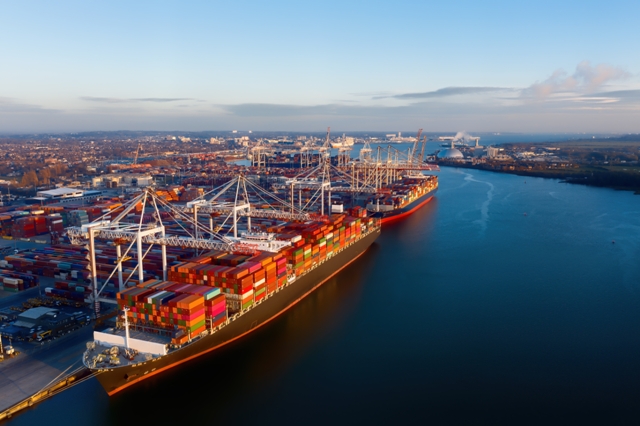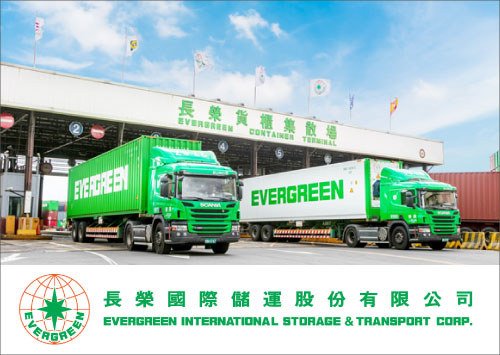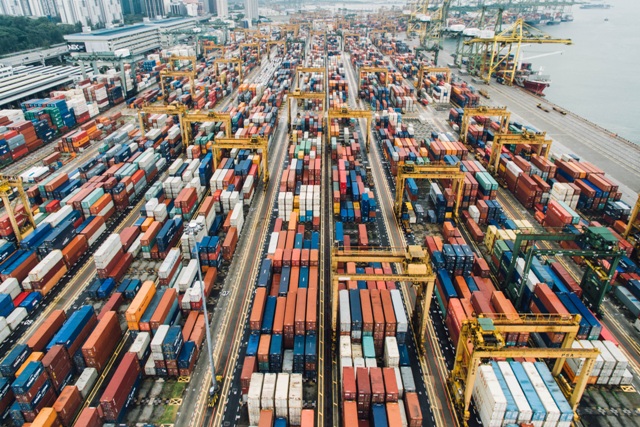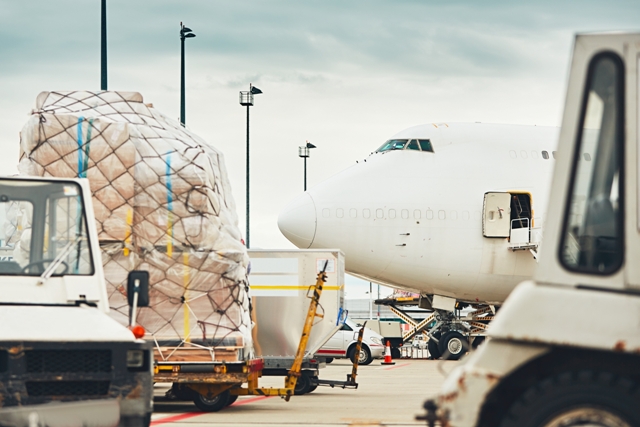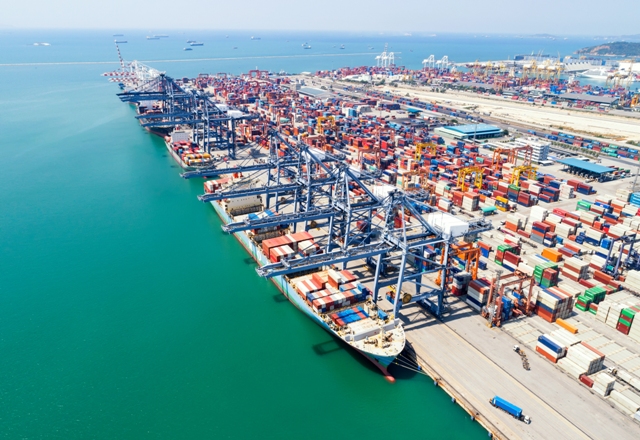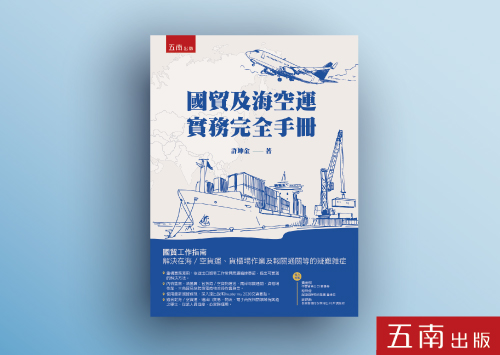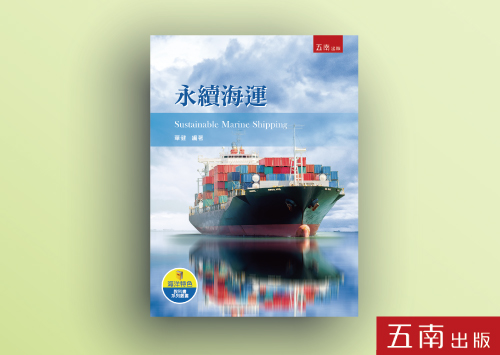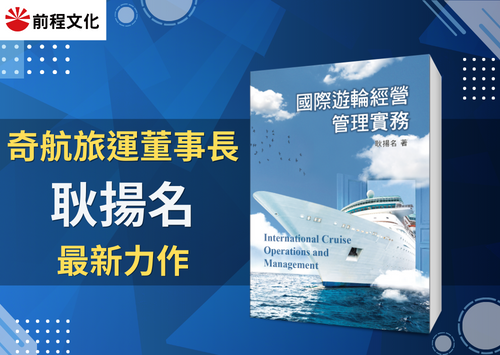TTX 高級經濟分析員Melissa Peralta預測,隨著經濟放緩,零售商因前期裝載而導致庫存過剩,貨櫃進口增長將在2019年從去年的7.2% 放緩至1.8%
Containerized
imports are settling into a low single-digit growth rate, after starting the
first quarter down 1 percent in the first two months on a year-over-year basis.
Melissa Peralta, senior economist/forecaster at TTX, predicts containerized
import growth will soften in 2019 to 1.8 percent from last year’s robust 7.2
percent increase as the economy slows and retailers burn off inventory overhang
from the front-loading of spring merchandise in late 2018.
The TTX forecast, presented at the Port of Long Beach Pulse of the Ports
symposium Wednesday, is similar to the Global Port Tracker projection released
in late January by the National Retail Federation and Hackett Associates. The
Global Port Tracker analysis said imports in the trans-Pacific would decline
2.1 percent in January, 1 percent in February, and 1.7 percent in March. The
current slowdown in imports is already helping to reduce congestion and improve
cargo velocity at marine terminals, rail, and trucking operations in the Los
Angeles-Long Beach port complex, which handles more than one-third of US
containerized imports.
Key economic indicators and bellwethers of imports such as housing starts and
auto sales are slowing, said Peralta. US GDP, which grew 2.9 percent in 2018,
was earlier forecast to decline to 2.7 percent in 2019, and that figure may be
revised downward. Peralta said the modest increase in US imports projected for
2019 reflects the huge amount of goods shipped ahead of schedule in an effort
to avoid the 25 percent tariffs on imports from China that had been scheduled
to take effect on Jan. 1.
The unprecedented surge in imports in late 2018 generated a 37 percent increase
in eastbound intermodal shipments from the West Coast in a four-week period
from mid-November to mid-December, said Hasan Hyder, general director of
international intermodal at Union Pacific Railroad. The entire eastbound supply
chain, from the marine terminals to import distribution warehouses to
intermodal rail ramps in the Midwest, became congested and capacity was tight,
he said.
Even as negotiators are attempting to find a way to end the US-China trade war,
current economic indicators point to a slowdown in containerized imports in the
first quarter and likely the second quarter as well, Peralta said. When import
volumes begin to pick up later this summer and autumn, they will be compared to
unusually strong months last year, so growth numbers may appear to be even
weaker than expected, she said.
SSA Marine, which operates three container terminals in Long Beach, is
preparing for a 2.5 percent increase in total container volume this year, said
Sal Ferrigno, vice president of SSA Marine. Long Beach’s imports in 2018
increased 7.9 percent from 2017, according to port statistics. Terminal
operators and import distribution facilities in Southern California are
generally returning to normal, he said. The Port of Long Beach reported that
carriers eliminated, or blanked, 10 sailings in March and are scheduled to skip
four more in April and three in May.
The lull in import growth had a positive impact on the entire supply chain. The
Pacific Merchant Shipping Association reported that container dwell times in
Los Angeles-Long Beach in February dropped sharply to 3.2 days from 4.3 days in
January. As terminal operations at the ports returned to normal, network train
speeds began to pick up. Hyder said US railroads’ average intermodal train
speeds, which had dipped below 28 miles per hour in November, improved to more
than 31 miles per hour in January. However, due primarily to recent floods in
the Midwest, train speeds have again dropped below 29 miles per hour.

